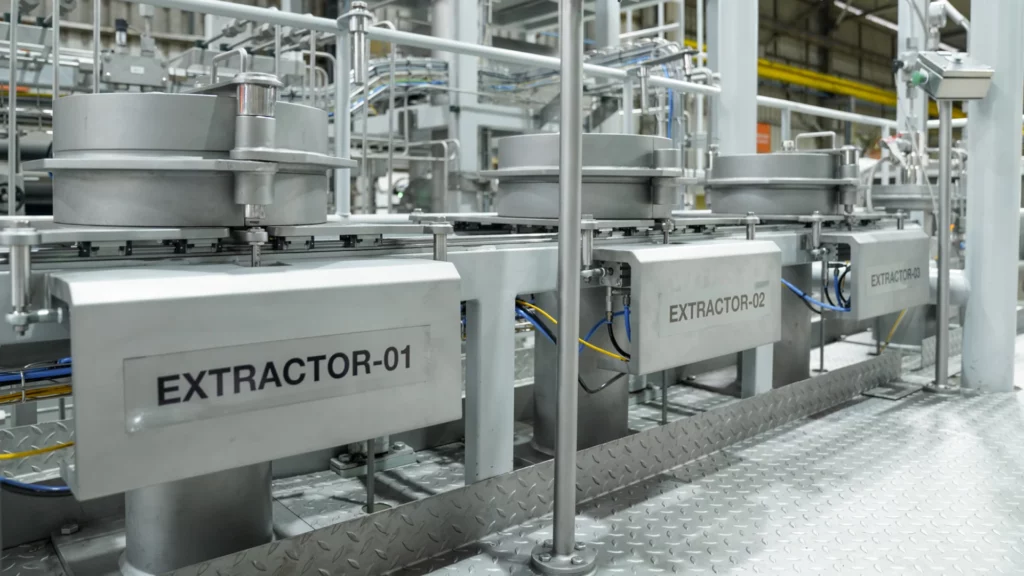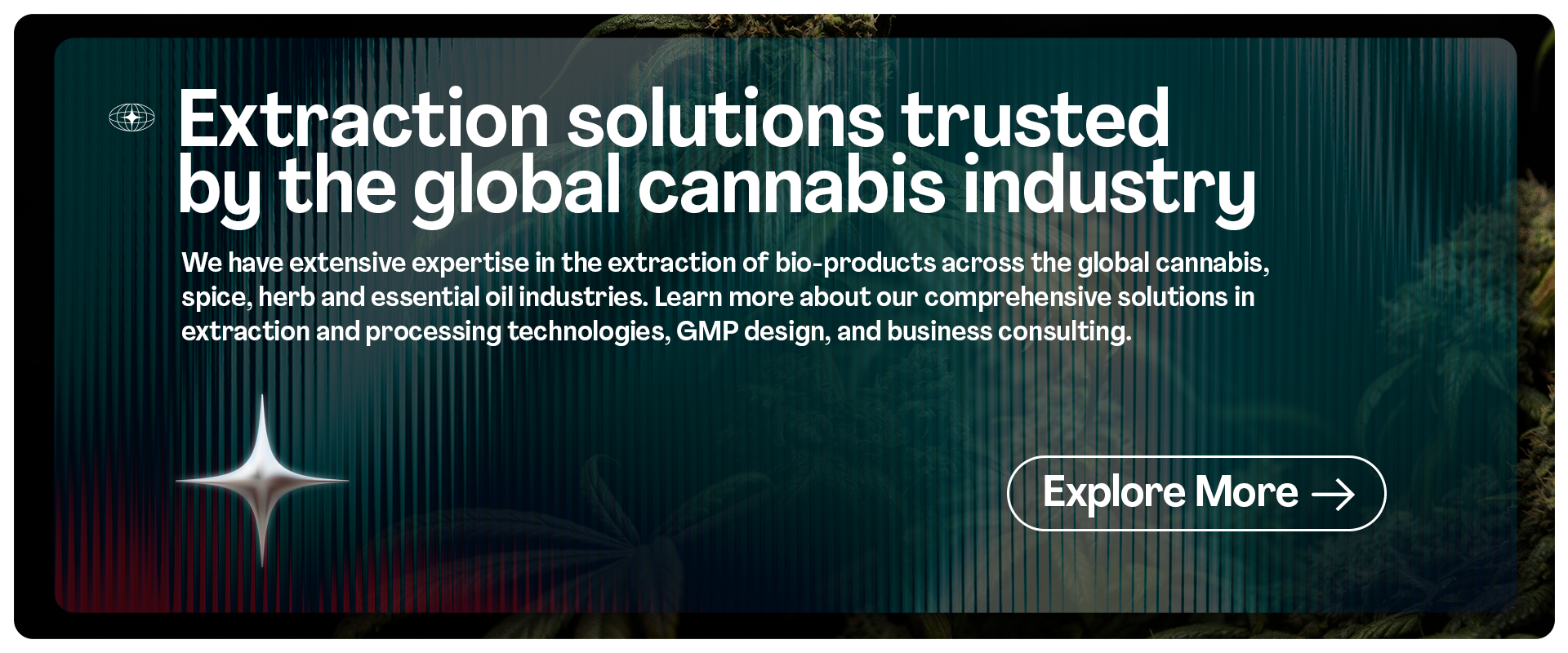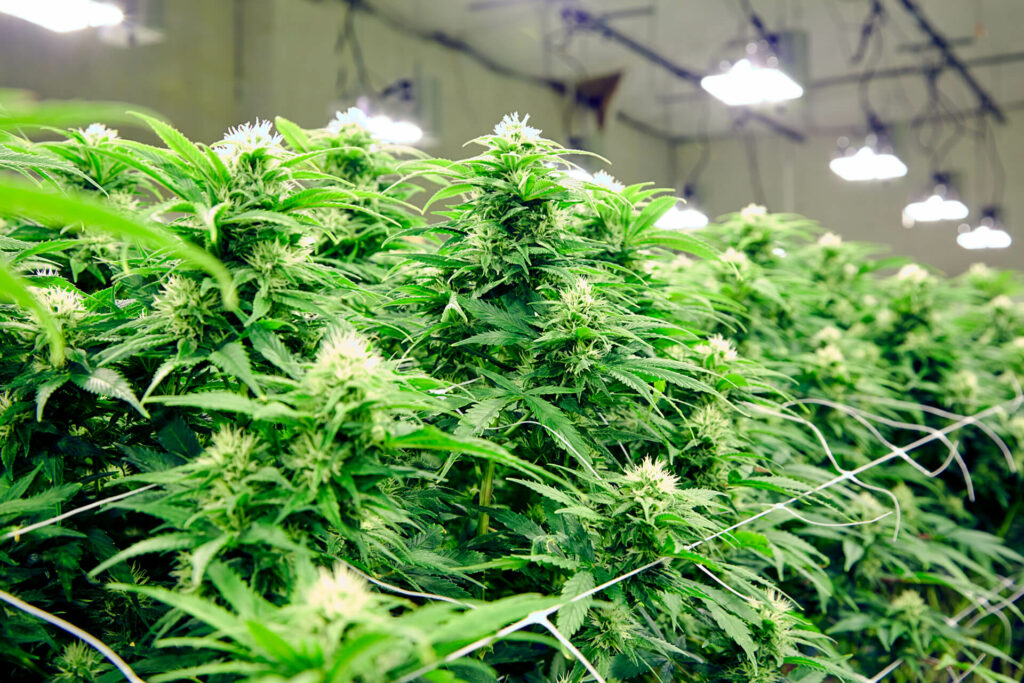In the world of advanced extraction technologies, the CO2 extractor stands out as a cornerstone for industries seeking efficient, eco-friendly solutions for isolating natural compounds from organic materials. Among these, the supercritical CO2 extractor from Buffalo Extraction Systems, particularly the Level 1 model, exemplifies how innovative engineering can drive sustainability. This CO2 extraction machine operates in batch mode, utilizing food-grade carbon dioxide to pull essential oils, resins, and other valuables from plants like herbs, spices, and botanicals. But what truly sets the Level 1 supercritical CO2 extraction machine apart is its integrated CO₂ recirculation system—a feature that's not just a technical add-on but a vital component for sustainable operation.
For those exploring options, a CO2 extraction machine for sale like the Level 1 offers a compact yet powerful setup with two 5-liter extractors, precise pressure controls ranging from 350-650 bar (5000-9500 PSI), and temperatures between 70-110°C (158-230°F). As potential buyers weigh the CO2 extraction machine price against long-term benefits, understanding the recirculation system's role becomes essential. This article delves into why the CO₂ recirculation system is critical for sustainable operation in Level 1 extraction machines, drawing from the system's design principles and real-world advantages. We'll explore its mechanics, environmental impact, and economic perks, while highlighting how it integrates with broader supercritical CO2 extraction equipment.
Understanding the Fundamentals of Supercritical CO2 Extraction
Before diving into recirculation, it's worth grounding ourselves in the basics of how a supercritical fluid extraction equipment like the Level 1 CO2 extract machine functions. Supercritical carbon dioxide is a remarkable solvent: above its critical point—31.10°C and 73.9 bar—it behaves neither as a gas nor a liquid but as a supercritical fluid. This state grants it the diffusivity of a gas (allowing deep penetration into milled materials, pellets, or granulates) and the solvating power of a liquid (efficiently dissolving target compounds).
In the Level 1 CO2 extraction system, the process begins with loading organic raw materials into one of the two extractors. A high-pressure pump elevates CO₂ from its liquid state in a storage tank, heating it to supercritical conditions via an integrated heater. The supercritical CO2 extraction equipment then circulates this fluid through the extractor, where pressure and temperature settings dictate selectivity—extracting desired oils while leaving impurities behind. The loaded supercritical CO₂ flows through proprietary pressure regulator valves to two separators, each with independently controlled pressures for fractional separation of extract components.
Once separated, the extract (like essential oils) collects in vessels, and the CO₂ reverts to gas. Here's where many lesser systems falter: without proper recovery, this CO₂ would vent as waste. But in the Level 1 closed loop CO2 extractor, the CO₂ feeding and recovery system—explicitly included in the specs—kicks in. The gaseous CO₂ is condensed back to liquid form, stored in the CO₂ tank, and recirculated for the next cycle. This c02 extraction machine (noting the common variant spelling) ensures the entire batch runs on a finite CO₂ charge, repeating the loop until completion.
This closed-loop design isn't incidental; it's engineered for efficiency. With a CO₂ pump flowrate of 40-80 LPH and options for manual or automatic extractor changeover valves, the system minimizes interruptions. Certifications like CE, PED, GMP, ASME further validate its reliability, making it a top choice for those budgeting for supercritical CO2 extraction machine price points that balance upfront costs with operational savings.
The Mechanics of the CO₂ Recirculation System
At the heart of sustainable operation in this CO2 extraction equipment is the recirculation system, seamlessly woven into the CO₂ feeding and recovery framework. Post-extraction, the extract-free CO₂ exits the separators as a gas. A dedicated recovery module—part of the included feeding and recovery system—cools and compresses it, transforming it back to dense liquid CO₂. This liquid is then pumped from the storage tank into the high-pressure circuit, reheated, and repressurized to supercritical status for re-entry into the extractor.
What makes this critical? In a typical batch, which could last hours depending on material and settings, the system recirculates the same CO₂ volume multiple times. The Level 1's "Yes" for CO₂ recirculation in specs underscores this capability, contrasting with open systems that require constant fresh CO₂ input. Integration with features like consistent flow control (via pump speed regulation) and precise pressure management ensures the recirculated CO₂ maintains optimal density and solubility, avoiding efficiency dips from impurities or pressure fluctuations.
For users eyeing a CO2 extraction machine for sale, this means scalability without waste. The dual-extractor setup, though used singly, allows one vessel to process while the other preps, with proprietary changeover valves enabling quick switches at high pressures. Superior sealing technology and unique extractor closure designs further support this by reducing leaks that could compromise recirculation integrity. The result? A robust supercritical fluid extraction equipment that operates like a perpetual motion machine for solvent use—minus the physics violation.
Driving Sustainability: Environmental Imperatives
Sustainability isn't a buzzword for the Level 1 supercritical CO2 extractor; it's a core outcome of its recirculation prowess. Traditional extraction methods often rely on volatile organic solvents like hexane or ethanol, which pose disposal challenges, emit harmful vapors, and contribute to pollution. In contrast, the CO2 extraction machine uses non-toxic, non-flammable CO₂—100% food-grade and anti-hydrolysis to boot—eliminating these risks.
The recirculation system amplifies this by slashing CO₂ consumption. In a closed loop, losses are minimal (typically under 5% per batch, per industry benchmarks for similar setups), meaning a single fill sustains operations indefinitely with occasional top-ups. This reusability directly cuts the carbon footprint: sourcing, transporting, and disposing of CO₂ is resource-intensive, but recirculation keeps it in-house. For eco-conscious operators in food, pharma, or cosmetics, this aligns with green certifications like cGMP, ensuring extracts maintain better stability in formulations without environmental trade-offs.
Moreover, the system's minimum damage to raw materials—thanks to gentle supercritical conditions—reduces waste from degraded batches. The special separator design aids in collecting resinous or low-viscosity products efficiently, preventing product loss that could otherwise end up as landfill. In an era of regulatory scrutiny, where CO2 extraction system buyers prioritize ESG (Environmental, Social, Governance) metrics, the Level 1's recirculation positions it as a leader. It's not just sustainable; it's regenerative, promoting circular economies in extraction industries.
Consider the broader implications: industries using closed loop CO2 extractor tech like this can scale without proportional environmental strain. With SCADA-enabled intuitive intelligence for remote monitoring, operators optimize recirculation cycles in real-time, further enhancing efficiency. This remote capability means less on-site travel, another sustainability win.
Economic and Operational Advantages
Beyond the green credentials, the CO₂ recirculation system is a financial powerhouse for Level 1 CO2 extract machine users. Cost efficiency is listed as a key benefit, and recirculation is the linchpin. By recycling CO₂, operational expenses plummet—fresh CO₂ can cost hundreds per refill, but recirculation defers this indefinitely. Paired with faster process times (rapid batch changeovers via unique closure designs), the system boosts throughput, amortizing the CO2 extraction machine price quickly.
Maintenance is another saver: superior sealing reduces downtime, while the closed loop minimizes corrosion from external contaminants. For a supercritical CO2 extraction machine price often starting in the mid-five figures (depending on customizations like automatic valves or co-solvent pumps), the ROI is compelling—often within 12-18 months for mid-volume producers.
Operationally, recirculation ensures consistency. The "Yes" on CO₂ recirculation guarantees that each cycle starts with pure, preconditioned solvent, yielding reproducible extracts. This is vital for recipe-based control via SCADA, where variables like flowrate (40-80 LPH) must align perfectly. Users report up to 20% higher yields compared to non-recirculating peers, thanks to sustained solvent potency.
Challenges and Best Practices for Implementation
No system is flawless, and even in a top-tier supercritical CO2 extraction equipment, recirculation demands attention. Potential issues include incomplete condensation leading to pressure inconsistencies or buildup of trace extracts in the loop, which could affect purity. Buffalo mitigates this with special separator designs and regular maintenance protocols, but operators should schedule filter checks and monitor SCADA data.
Best practices? Start with proper sizing: the 5L extractors suit small-to-medium batches, ideal for R&D or boutique operations. Integrate co-solvent pumps for versatility, enhancing recirculation without compromising the loop. For those comparing CO2 extraction machine for sale options, prioritize systems with included feeding/recovery—like Level 1—to avoid retrofit costs.
Training is key: leverage the intuitive SCADA for recipe programming, ensuring recirculation aligns with material-specific parameters. Finally, source from certified providers to guarantee compliance, turning sustainability into a competitive edge.
Conclusion: A Sustainable Future with Recirculation
The CO₂ recirculation system isn't just critical for the Level 1 CO2 extractor—it's transformative. By enabling closed-loop operations, it fosters sustainability through waste reduction, environmental protection, and resource conservation, all while delivering economic gains. In a market flooded with extraction tech, the supercritical CO2 extractor from Buffalo stands tall, offering a blueprint for green innovation.
For businesses eyeing a CO2 extraction machine, investing in recirculation-ready supercritical CO2 extraction machines like this means future-proofing against rising eco-regulations and costs. It's a step toward operations that are not only efficient but ethically sound—proving that high-tech extraction can harmonize profit with the planet.




